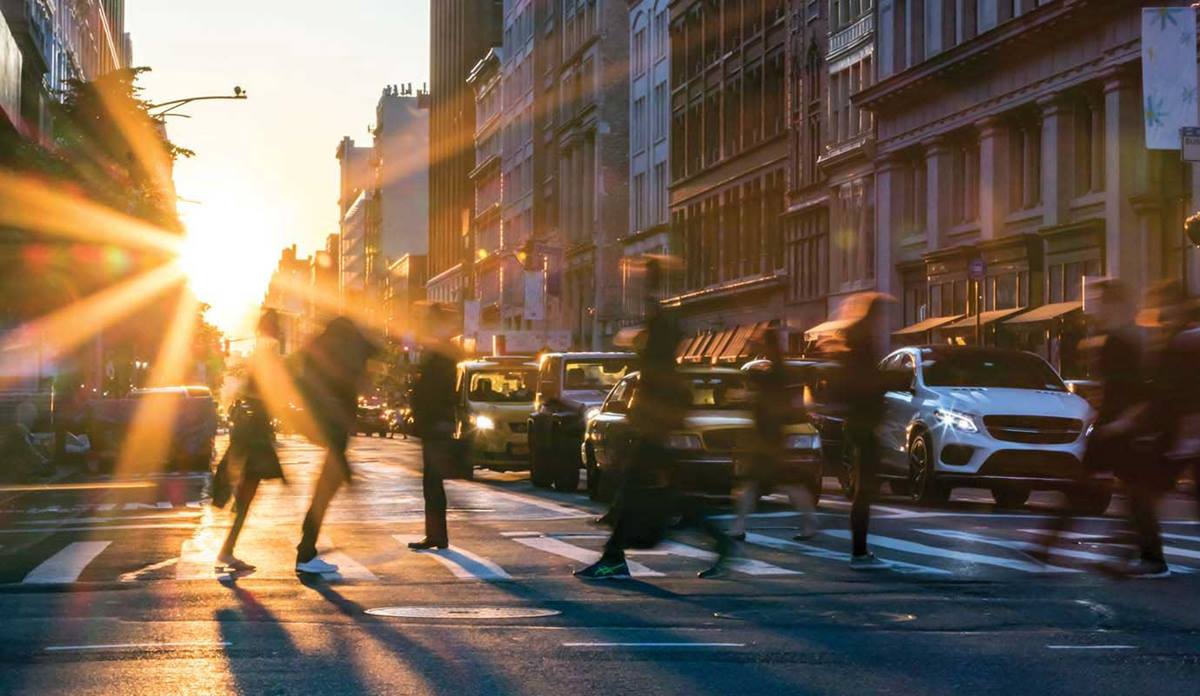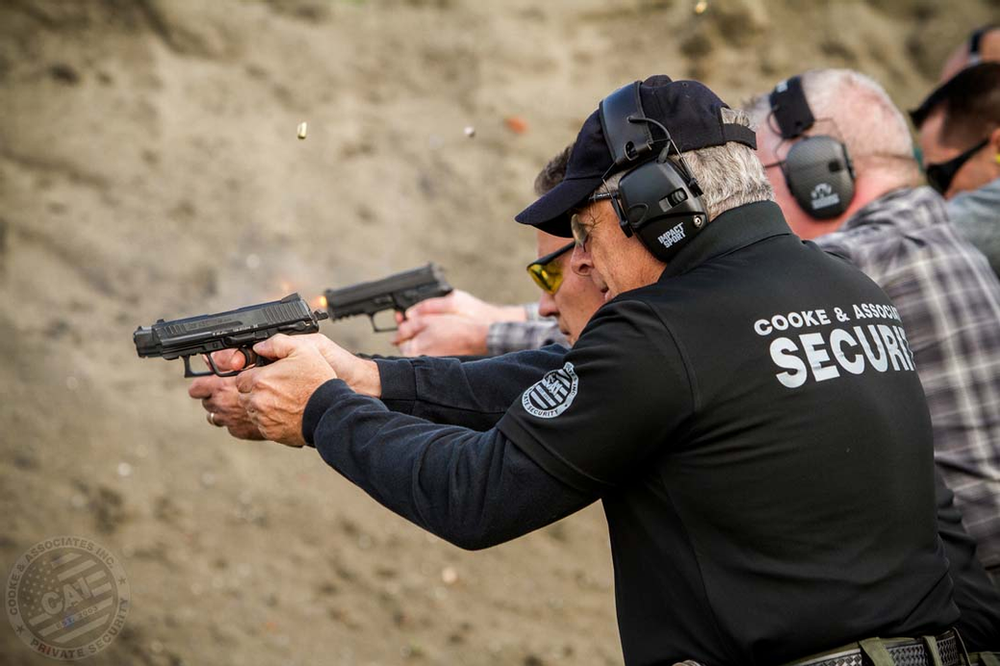Amidst the uncertainty surrounding the global COVID-19 pandemic and the ongoing civil unrest in places like Chicago and Portland, most people are on edge. As a result assaults, robberies, homicides, and other crimes are on the rise, which means that situational awareness is more of a priority than ever before. This month we discuss situational awareness and the importance of implementing this concept your everyday life. As the names implies, situational awareness is the idea of knowing what is going on around you. It sounds easy in principle, but being able to continually scan and quickly identify potential threats takes time and practice. This concept is ingrained in soldiers and government trained operatives, and is a core foundation to which we base our training off of here at Cooke & Associates.
Many times, a person’s subconscious can notice subtle signs of danger that the conscious mind has difficulty quantifying or articulating. If you have ever been told to “trust your gut”, this saying stems from situational awareness. Part of situational awareness is learning to trust your gut instinct and intuition in order to clearly and continually survey what is happening around you to mitigate risk.
Common mistakes
In an era when everyone is plugged into their phones, on social media, or doing many tasks at once, it’s common for people to walk the streets with their eyes down on their phone, typing, and/or with earphones in listening to music, a podcast, or even watching a video. This kind of behavior hinders awareness of movement around you, and reduces focus as well as peripheral vision.
Amidst the COVID-19 pandemic when people are trying to maintain a safe distance for health reasons, this kind of behavior can lead to controversy and conflict if someone gets too close, bumps another person, or simply is not paying attention to the people around them.
Proper situational awareness techniques
As previously stated, part of properly implementing situational awareness is about trusting your gut. More often than not, victims of violence or conflict relay that they experienced feelings of danger prior to an incident, but chose to ignore them. Trusting your gut and avoiding a potentially dangerous situation may cause you a bit of inconvenience, but ignoring these feelings can lead to serious trouble. Situational awareness takes discipline and a conscious effort to pay attention to gut feelings and to surrounding events. It might not be at the forefront of your mind while you are busy or distracted, thus even obvious hostile activity can go unnoticed, however it is important to learn to be observant even while conducting other activities.
Situational awareness at an ATM
Going up to ATMs has become common practice, and has become even more prominent recently due to bank closures surrounding COVID-19. When visiting an ATM, it’s important to be aware of those around you and take note of abnormal behavior.
Abnormal behavior could include persons aimlessly lingering around an ATM or nearby car, an impatient persons standing by an ATM with hands in their pockets fumbling with something, uncommon attire, and introvert type behavior i.e. no eye contact, looking away when eye contact is made, etc. If you feel uncomfortable in a situation, feel as though someone is unnecessarily keeping an eye on you, or anything else that sparks concern, remove yourself from the situation immediately.
Situational awareness at a protest
Whether intentional or not, many people in recent months have found themselves unexpectedly in the middle of a protest or riot. From their Uber turning onto a street where a protest was occurring to walking out of a store and into an impromptu march, it’s important to always be prepared and know what safety precautions to take.
If you find yourself among crowds or unexpectedly within a protest, attempt to place yourself in a position that will allow you to see as much of your surroundings as you can. Ideally, you want to stay on the outskirts of the crowds and position yourself so you can see the exit points. If possible put your back to the wall. This will allow you to quickly get out of the situation, and eliminates the possibility of failing to see a threat materialize behind you.
Venturing into an unfamiliar area? Research the history of violent events in that community. What has happened in the past and how did it unfold? What might reignite old tensions? Awareness of previous incidents can prepare you for various circumstances and give you increased insight on how to protect yourself going forward. In times of protest, it is particularly important to be aware of previous incidents so you can gauge whether a protest will in fact be peaceful or if it will likely turn into something more violent. Do a quick google search to see if there were any recent news stories about the area you’re going or if there are planned events scheduled for the area. Additionally, you can scan social media for upcoming events or recent events to get a more candid sense of what to expect. Informal social posts can provide extensive insight as to what you can expect in the area and the local community.
Situational awareness when you are out and about
In general, when you’re out and about, it’s important to keep situational awareness at the forefront of your mind. Scan the area upon arrival and define an escape route to keep in mind. Constantly scan your surroundings as you move and as crowds move around you so you can maintain your safety.
If you find yourself within crowds, do not venture into the middle if possible. Keeping on the outskirts will enable you to remove yourself from a less than ideal situation quickly. While in crowds, move in short steps to avoid tripping, as long strides can increase your chances of instability.
Ultimately, being in public can always pose some level of risk, but it is possible to uphold high levels of safety as long as you keep abreast of what is happening around you. Keep in mind that your subconscious mind will help you identify threats and risks early, so it is important to trust your gut even if it is inconvenient. Finally, remember that when you take undue risks, you endanger those who might have to rescue you. It is not just about you; when you put yourself at risk, you put others at risk by association.


